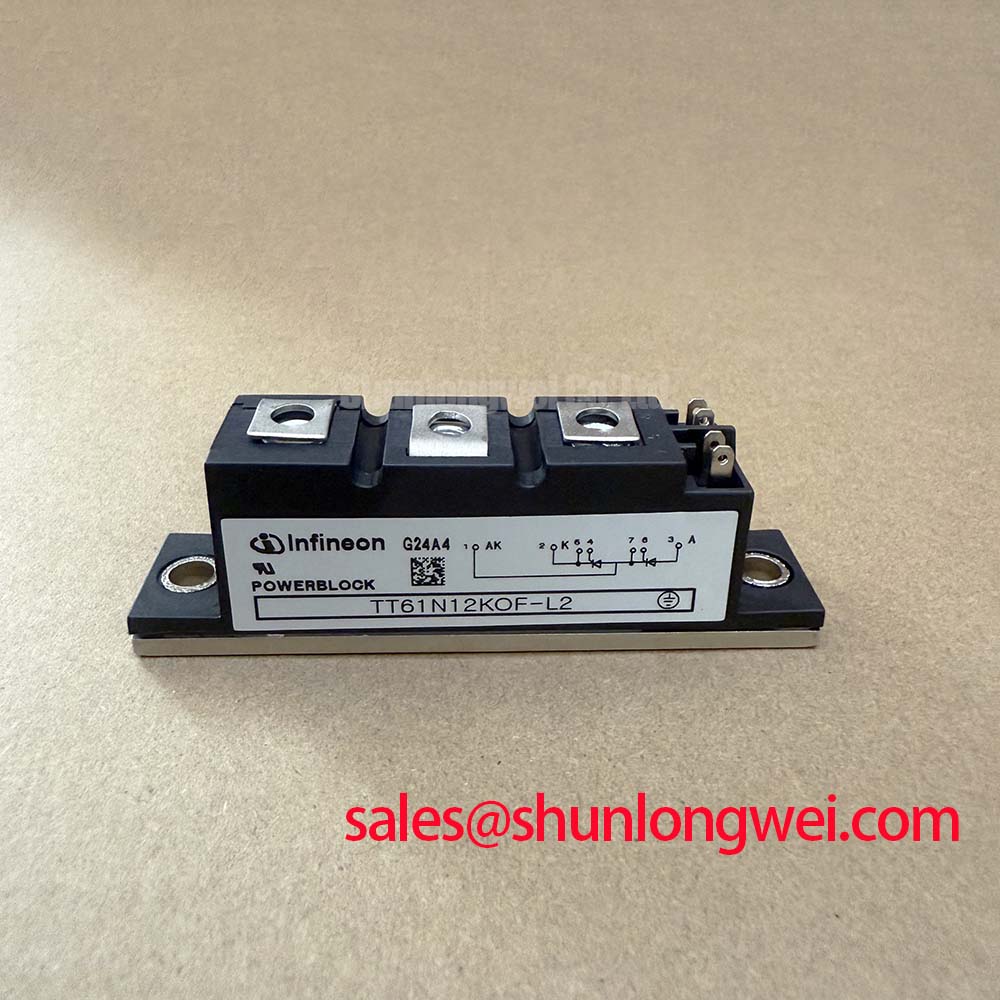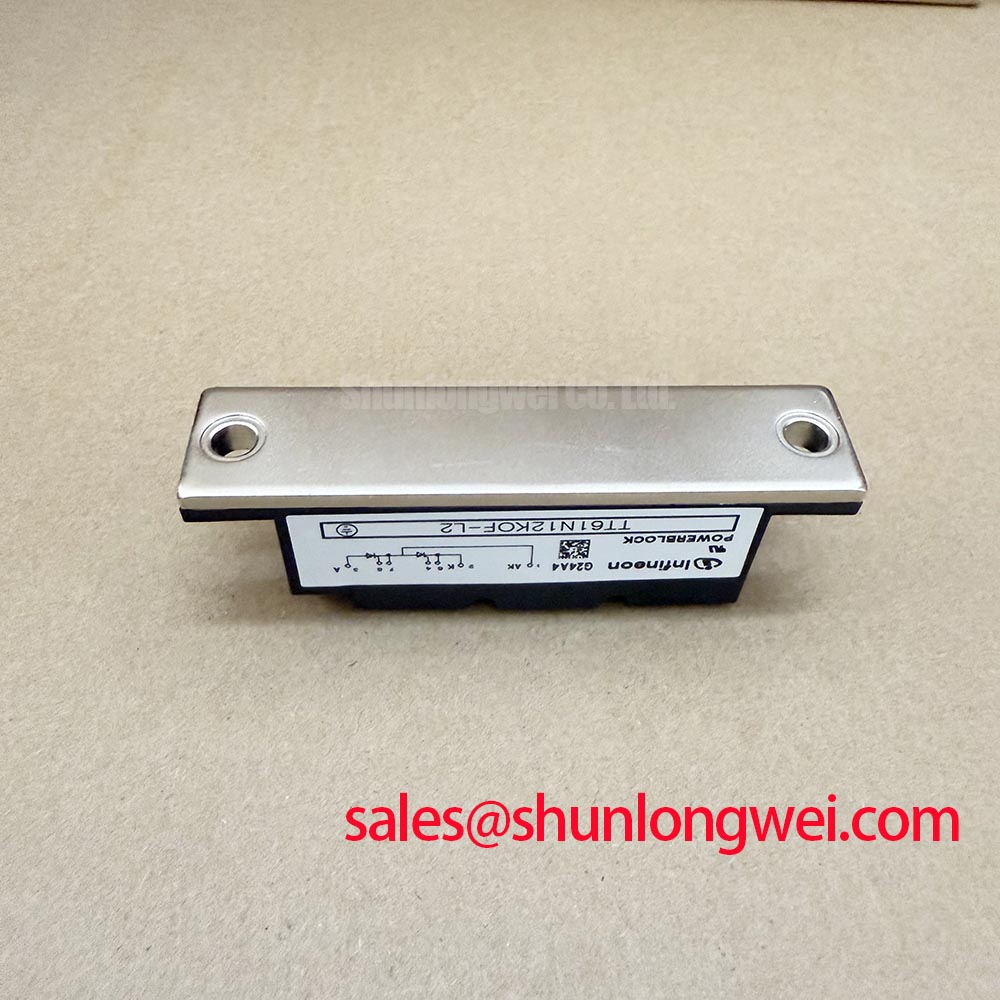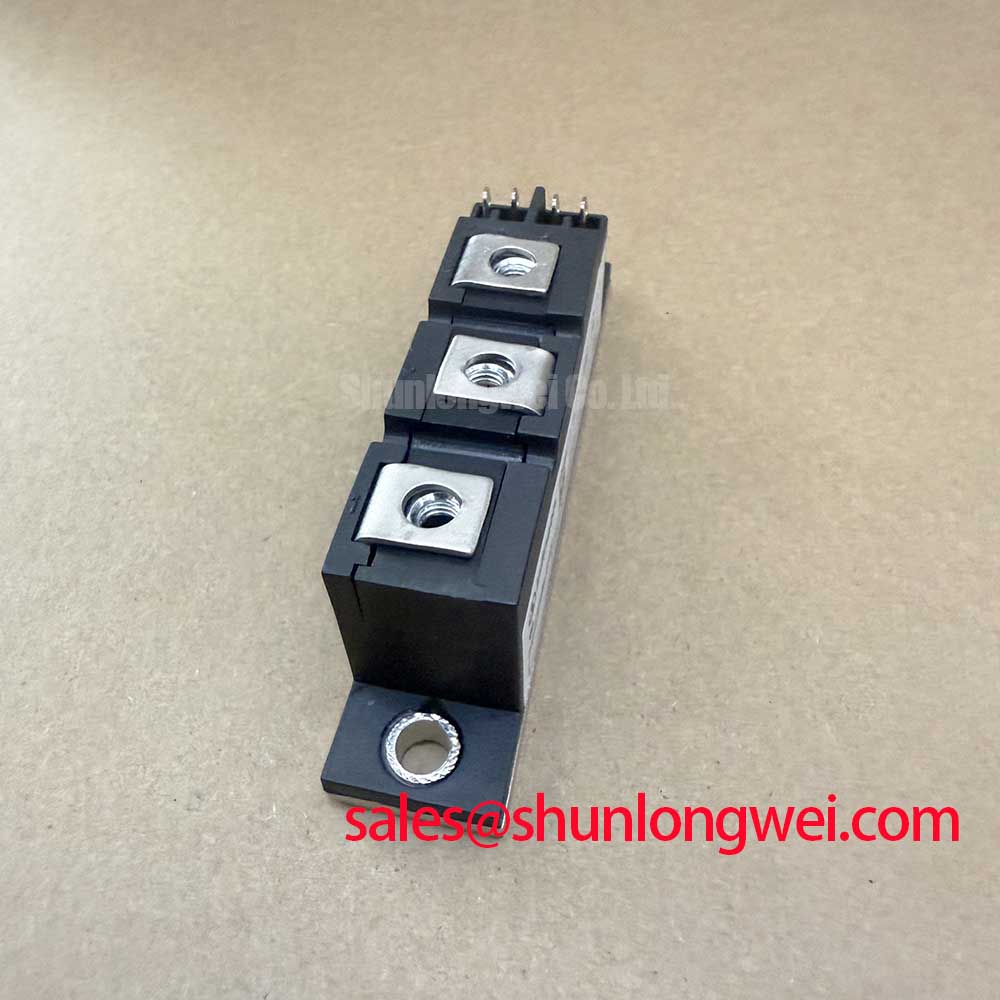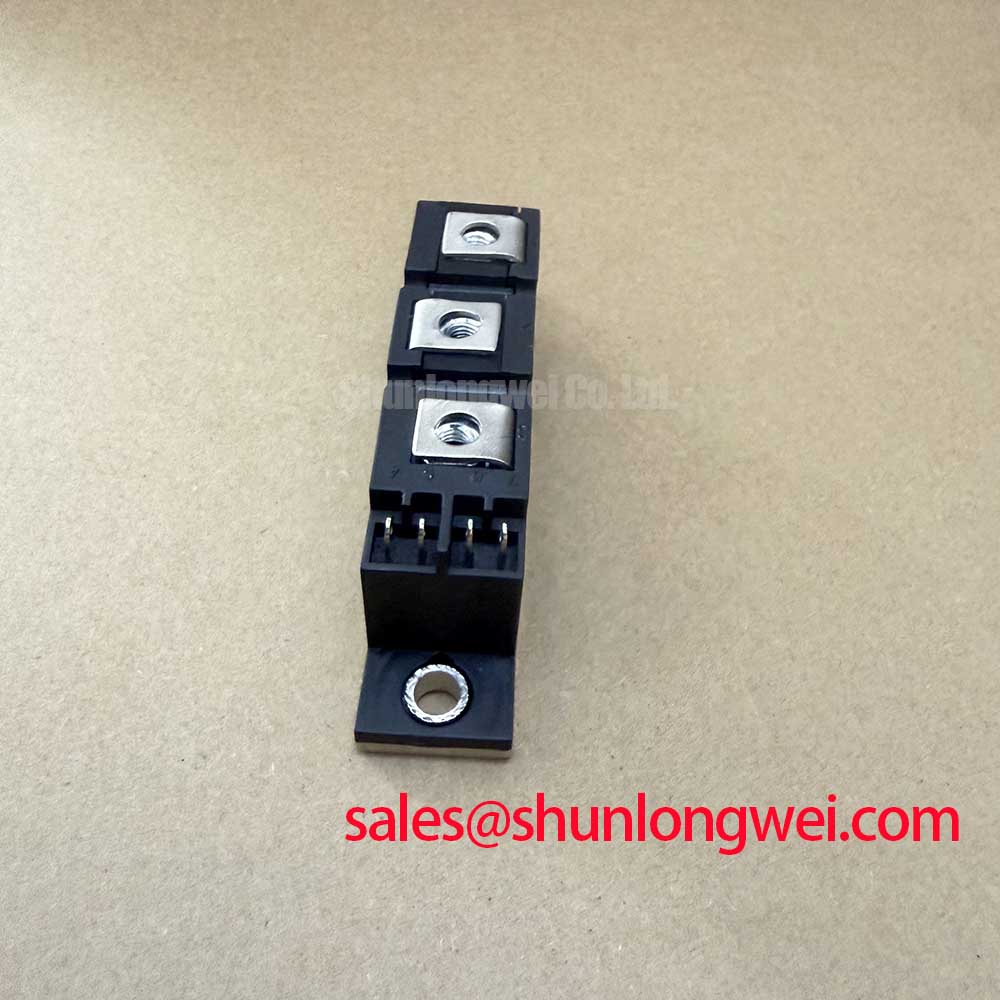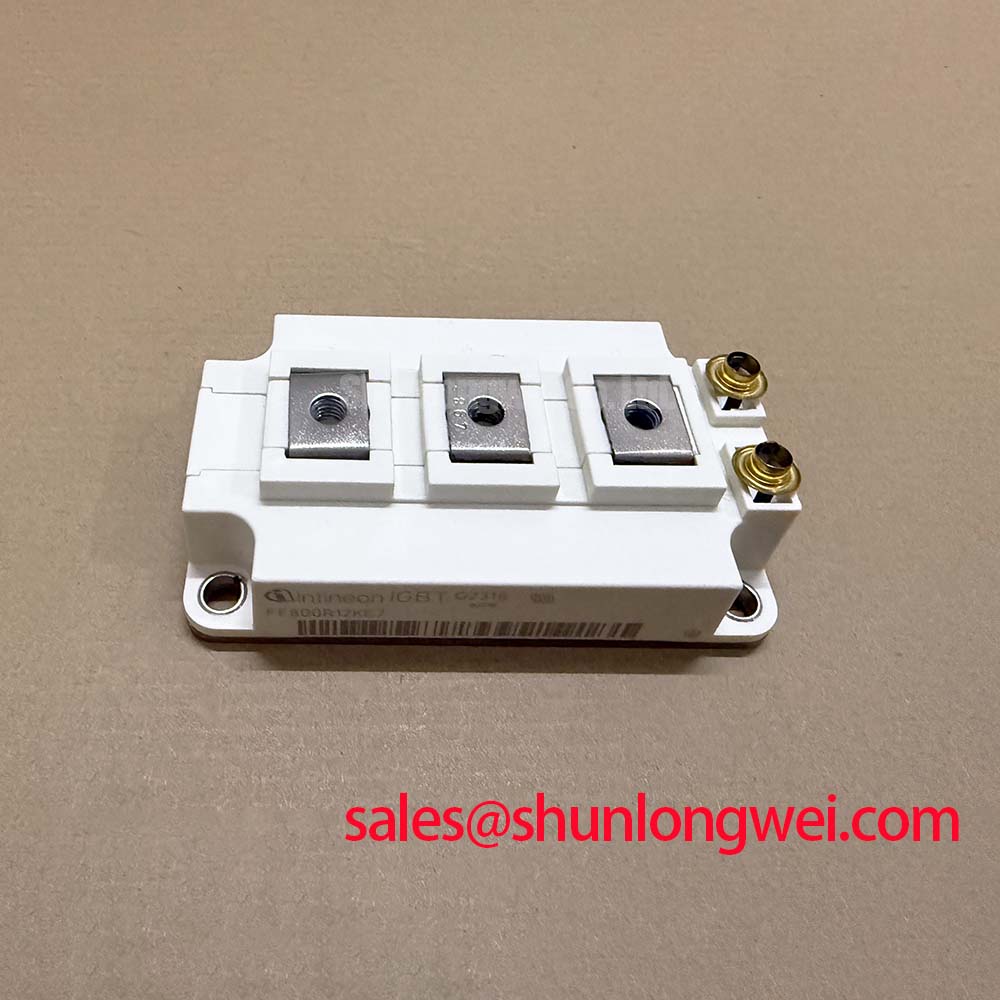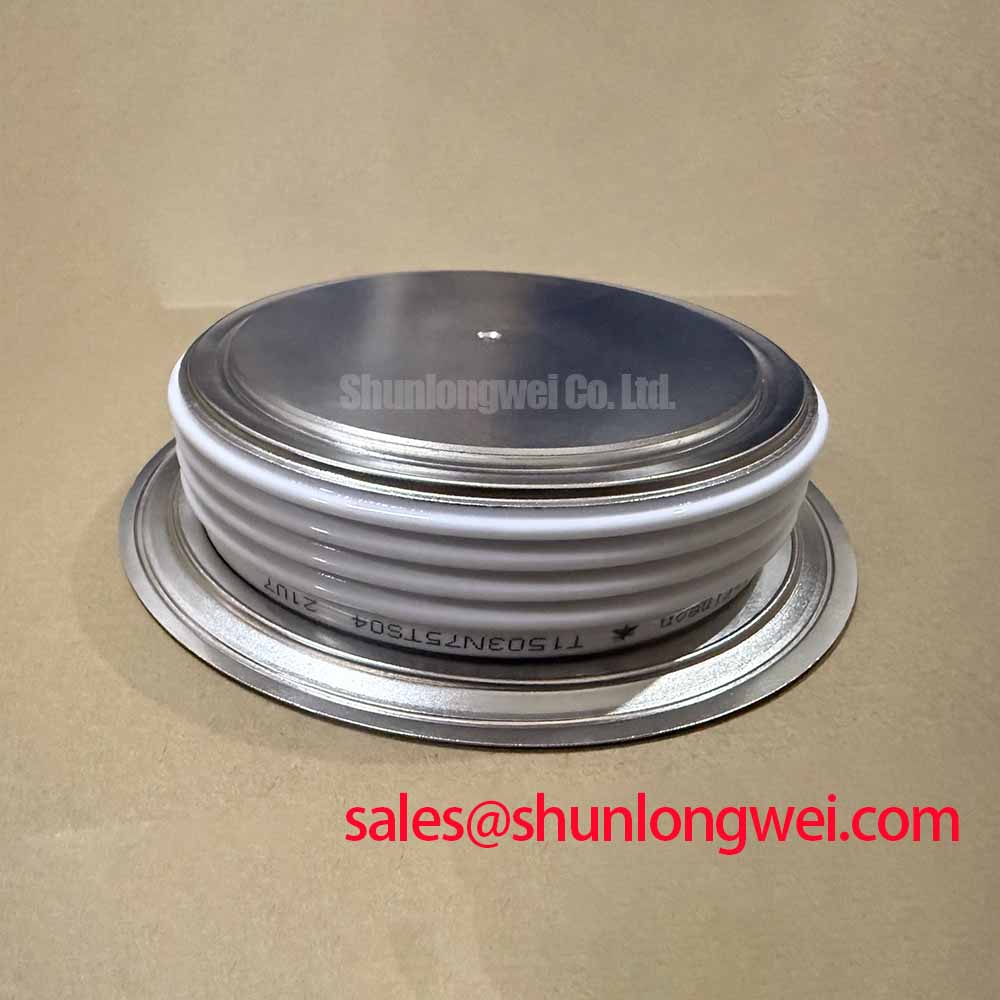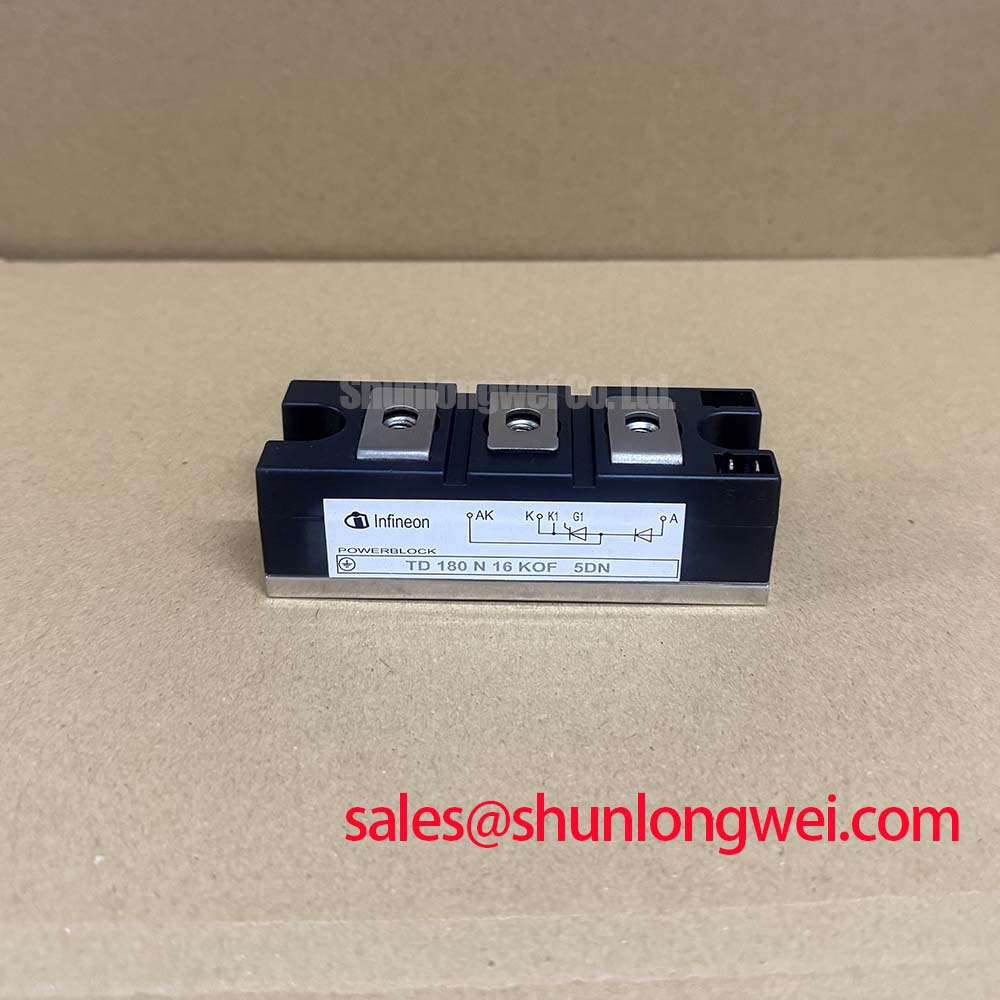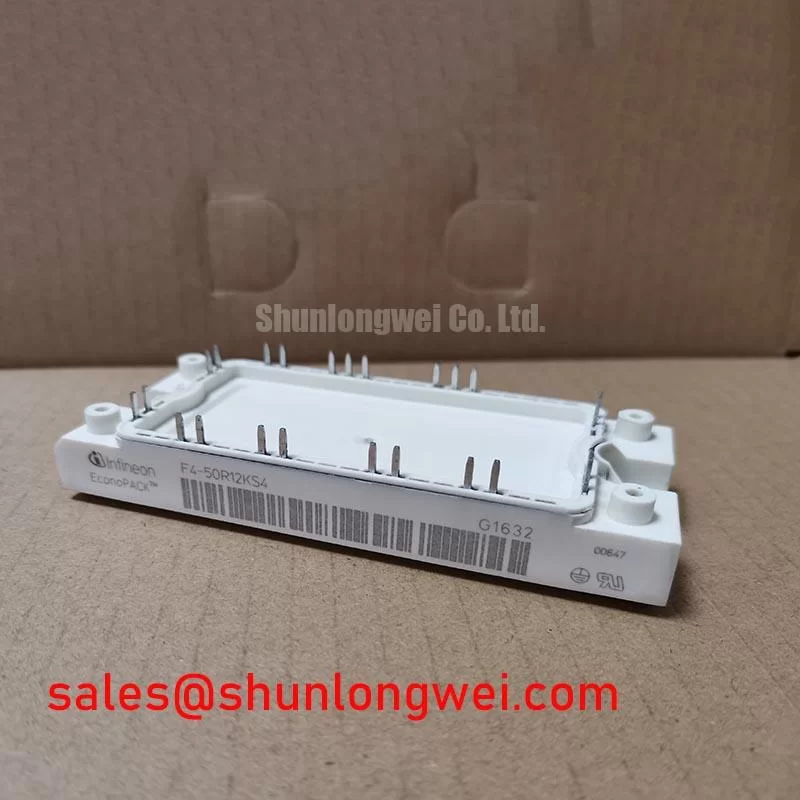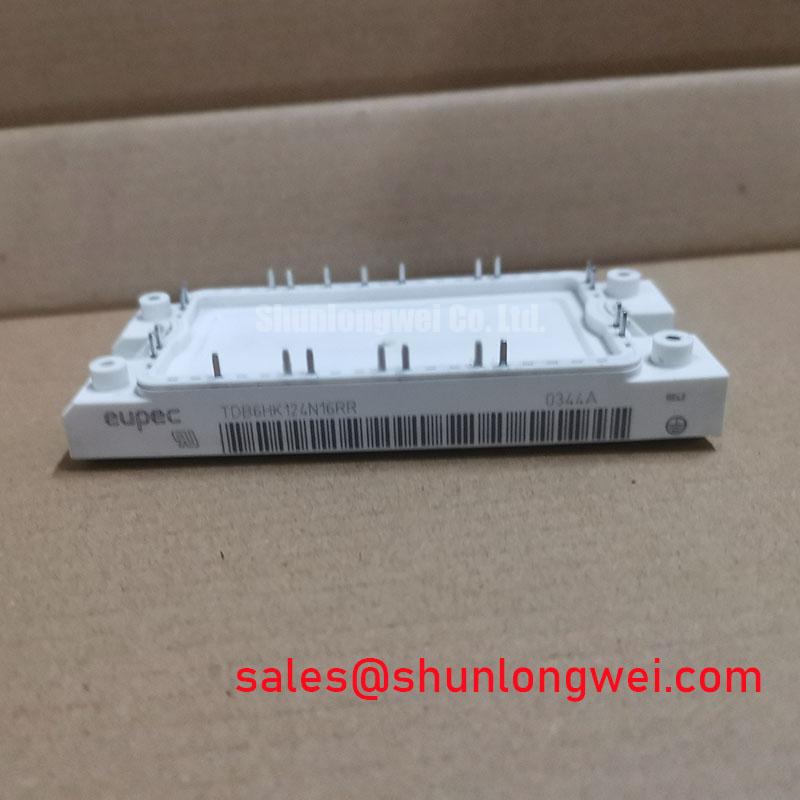TT61N12KOF-L2 Thyristor Module: Datasheet & Tech Insights
Engineered for exceptional long-term reliability, the TT61N12KOF-L2 Thyristor/Diode Module leverages pressure contact technology to deliver stable thermal performance in demanding industrial power control systems. Featuring a robust design with a 1200V repetitive peak reverse voltage and 61A average forward current, this module provides superior power cycling capability and an extended operational lifespan. What is the key benefit of the TT61N12KOF-L2's construction? Its pressure contact technology delivers superior thermal cycling and long-term reliability. This design approach circumvents common solder fatigue failure points, directly enhancing power cycling capability in thermally demanding applications and ensuring consistent performance over years of service.
Deconstructing Reliability: The Pressure Contact Advantage
The core of the TT61N12KOF-L2's design philosophy is its use of pressure contact technology. Unlike conventional modules that rely on soldered connections and bond wires, this module establishes electrical and thermal paths through precisely applied mechanical force. This construction method inherently eliminates failure modes associated with solder joint fatigue and bond wire lift-off, which are common culprits of module failure after thousands of thermal cycles. The result is a significant enhancement in operational lifespan and robustness, particularly in applications with frequent temperature fluctuations, such as motor soft-starters or cycling power supplies.
This mechanical integrity is complemented by an Aluminium Oxide (Al2O3) DCB (Direct Copper Bonded) substrate. This ceramic layer provides high electrical insulation (rated at 3000V RMS) while maintaining effective thermal conductivity, ensuring that heat generated within the silicon die is efficiently transferred to the baseplate and heatsink assembly.
Engineering Specifications for the TT61N12KOF-L2
The technical parameters of the TT61N12KOF-L2 are tailored for robust performance in AC and DC power control circuits. A comprehensive understanding of these specifications, available in the official product datasheet, is crucial for system design and simulation. For applications requiring different voltage or current ratings, the related TT215N22KOF12M1 may offer suitable characteristics.
This table outlines the key performance metrics based on the official documentation. Download the Datasheet for complete graphs and application notes.
| Parameter | Value | Engineering Significance |
|---|---|---|
| Repetitive Peak Reverse Voltage (VRRM) | 1200 V | Provides a substantial safety margin for operation on 400V and 480V AC lines, protecting against transient overvoltages. |
| Average On-state Current (ITAVM) | 61 A (TC = 85°C) | Defines the module's continuous current handling capability under specified cooling conditions, suitable for medium-power applications. |
| Thermal Resistance, Junction to Case (Rth(j-c)) | max. 0.52 K/W per Thyristor | This value is analogous to the diameter of a pipe for heat flow; its low value indicates a very efficient path for heat to escape from the active silicon to the heatsink. |
| On-state Voltage (VT) | Typ. 1.25 V (at IT = 150 A, Tvj = 25°C) | A lower on-state voltage translates directly to reduced conduction losses, which improves overall system efficiency and lowers thermal load. |
| Surge non-repetitive On-state Current (ITSM) | 1550 A (t=10ms, Tvj=130°C) | Indicates the module's ability to withstand significant, brief current overloads without damage, crucial for fuseless designs and fault tolerance. |
Field-Proven Performance in Industrial Systems
The TT61N12KOF-L2 is not a theoretical component; its design principles are validated in countless industrial installations where uptime is a primary concern. The pressure contact system, for instance, has demonstrated superior longevity in applications like industrial motor drives that experience frequent start/stop cycles. Each cycle induces thermal stress, and the absence of solder joints makes the module exceptionally resilient to this wear mechanism. This field-proven robustness translates into a lower total cost of ownership by minimizing maintenance interventions and reducing the likelihood of unscheduled downtime, a critical factor in modern automated facilities.
Strategic Value in High-Reliability Power Architectures
In the context of Industry 4.0 and increasing automation, the reliability of foundational components like power modules is paramount. The TT61N12KOF-L2 provides a strategic advantage by offering a "fit-and-forget" solution for the power stage. System architects can leverage its high power cycling capability to design more compact and efficient systems, as the thermal management is more predictable and stable over the product's life. This aligns with the trend towards developing power electronics with extended service intervals and higher operational availability, directly supporting business goals of increased productivity and reduced operational expenditure. For further reading on the role of such components, see this guide on the backbone of high-efficiency power systems.
Data-Informed Component Evaluation
When evaluating power modules, it is essential to look beyond primary voltage and current ratings. The TT61N12KOF-L2 presents a clear case for designs where long-term thermal stability is a primary driver. For direct comparison, an engineer might assess a traditional solder-based module. While initial electrical characteristics may appear similar, the pressure contact design of the TT61N12KOF-L2 offers a fundamentally higher power cycling capability, a metric critical for predicting lifetime in applications with fluctuating loads. This data point is crucial for an informed decision, especially when designing systems intended for a service life exceeding a decade under challenging industrial conditions. Decision-making is supported by a clear understanding of how these parameters translate to real-world performance.
Core Applications: Where Robust Power Control is Paramount
The specific characteristics of the TT61N12KOF-L2 make it highly suitable for a range of controlled and uncontrolled rectifier applications. Its robust build and reliable performance are engineered for environments where electrical and thermal stresses are persistent.
- Soft Starters: The module's ability to handle repeated inrush currents and thermal cycling makes it ideal for controlling the startup of AC motors, reducing mechanical and electrical stress on the system.
- Industrial Drives and Power Supplies: Serves as a reliable front-end rectifier in Variable Frequency Drives (VFDs) and switched-mode power supplies, providing controlled DC voltage.
- Battery Charging Systems: The controlled rectification allows for precise management of charging profiles for large-scale industrial battery systems.
- Uninterruptible Power Supplies (UPS): Used in the rectifier stage of online UPS systems, where continuous, reliable operation is a necessity to protect critical loads.
For controlled rectifier circuits under 60A where operational lifetime is prioritized, its 0.52 K/W thermal resistance makes it a superior choice.
Frequently Asked Questions
1. How does the pressure contact technology in the TT61N12KOF-L2 improve system reliability?
Pressure contact technology eliminates solder layers and bond wires, which are primary points of failure in traditional power modules due to thermal cycling fatigue. By using a mechanical clamping system, the TT61N12KOF-L2 maintains consistent electrical and thermal contact throughout its operational life, drastically increasing its resilience to temperature swings and extending its service life.
2. What is the "short on fail" feature mentioned for this module?
"Short on fail" is a safety characteristic inherent to the pressure contact design. In the rare event of a catastrophic failure of the silicon die, the pressure contact mechanism typically ensures that the device fails into a short-circuit state. This is often a predictable and manageable failure mode, which can allow protective devices like fuses or circuit breakers to safely disconnect the circuit, preventing more severe outcomes like arcing or an open circuit under load.
3. Can the TT61N12KOF-L2 be used in a three-phase bridge rectifier configuration?
Yes, absolutely. The module contains two thyristors and one diode in a versatile topology. System designers can use three such modules to construct a fully controlled three-phase B6C bridge rectifier. This configuration is common in industrial motor drives and high-power DC supplies. The electrically insulated baseplate simplifies mounting multiple modules onto a common heatsink while maintaining necessary electrical isolation. For more insights on module configurations, refer to our guide on decoding power module datasheets.
For detailed technical inquiries or to discuss how the TT61N12KOF-L2 can be integrated into your specific power conversion project, please contact our technical support team for data-driven assistance.

